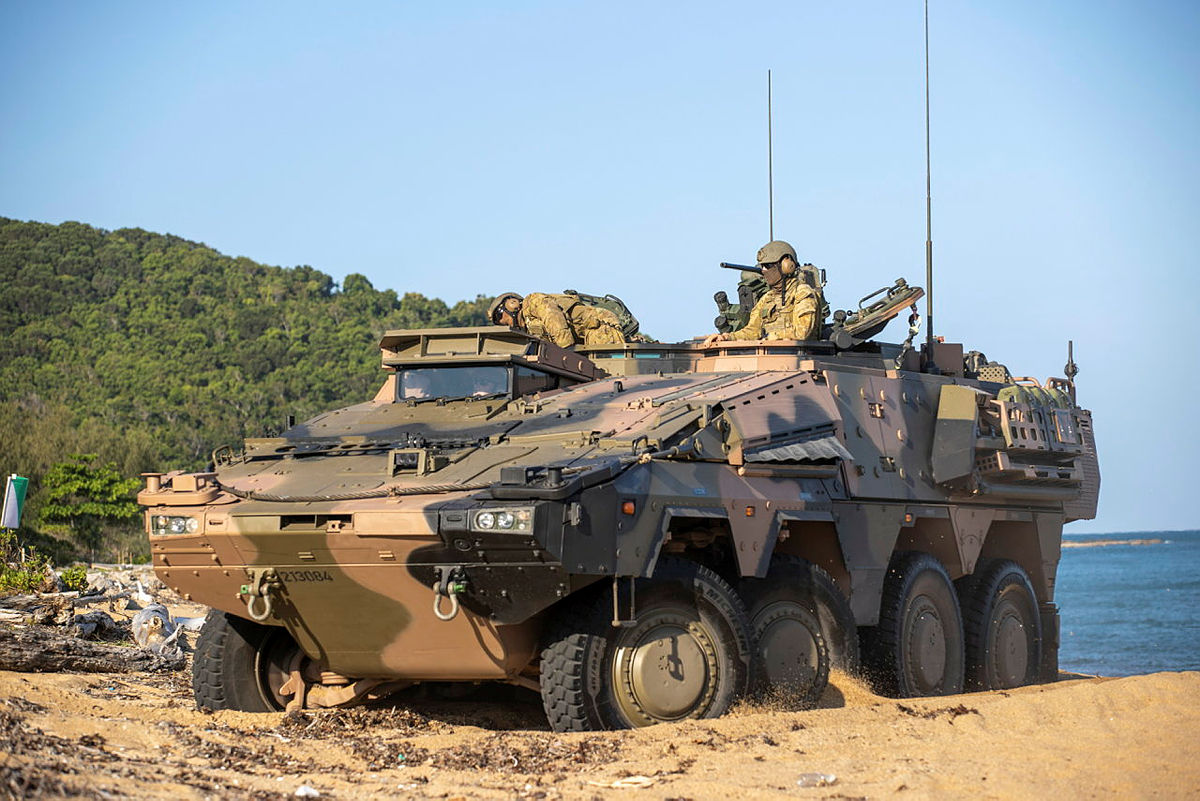Anthony_B_78
Active Member
All this chat about re raising 4 RAR, why not do as suggested, re role 5 RAR, and de link 8 and 9 RAR, with A and B coy reforming 8 RAR and C and Support Coy raising 9 RAR, that way you could recruit and build both Battalions simultaneously over a 12 - 18 month period.
From what Raven cited previously, and what I've seen elsewhere, it seems that while the plan is to grow the army (IIRC, an increase of 5000 was stated), the emphasis is on combat support and service support capabilities, with the exception perhaps of re-raising 4RAR along the same lines as 2RAR.I don't think 2 specialised, partial Battalions in 2 different locations really helps much. Adding to 2 RAR does and de-linking 8/9 does.
One question that may or may not have been asked before is why isn't 2 RAR in Sydney closer to our LHD's? Makes sense to me...
So, you know, I'm not sure if advocating for more RAR battalions would count as being realistic. That's for others to judge, I guess. That said, given the discussion here, what was said previously and the demand to strengthen the ADF, I could see arguments for more battalions. I guess the questions are where you put them, their role and their structure.
If you split 8/9RAR to form two battalions, do you leave both in Brisbane under 7 Brigade, or move one to Darwin to bring 1 Brigade up to two battalions?
If 2RAR is brought to full strength, does it remain in Townsville or should it be moved to Sydney or Brisbane?
Does 3 Brigade remain with the Beersheba structure, or should 1 and 3 brigades adopt a two-battalion "light" model, while 7 and 9 brigades become mechanised?

